cactus soil won't drain!
gvbraun
9 years ago
Related Stories

GARDENING GUIDESHow to Stop Worrying and Start Loving Clay Soil
Clay has many more benefits than you might imagine
Full Story
GARDENING GUIDESGardening Solutions for Heavy Clay Soils
What’s a gardener to do with soil that’s easily compacted and has poor drainage? Find out here
Full Story
GARDENING GUIDESHow to Pick a Mulch — and Why Your Soil Wants It
There's more to topdressing than shredded wood. Learn about mulch types, costs and design considerations here
Full Story
GARDENING GUIDESGreat Design Plant: Try Blue Bells for Blooms in Dry Soil
This shrub’s violet-blue flowers and silvery foliage brighten low-water gardens all year long
Full Story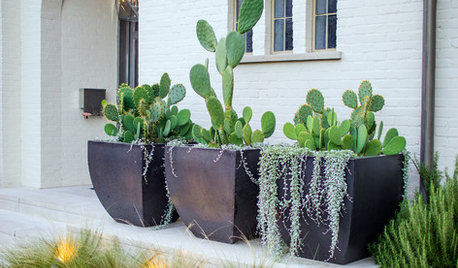
CONTAINER GARDENSCactus and Succulent Containers Are Ideal for Hot, Sunny Spots
Bring on the sun with these heat-loving succulent container gardens
Full Story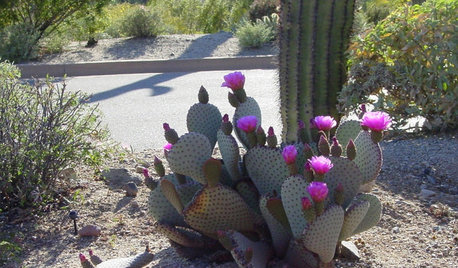
GARDENING GUIDES8 Cactuses Bring Spring Flowers to Dry Gardens
These prickly desert plants transform in spring with the arrival of their colorful blossoms
Full Story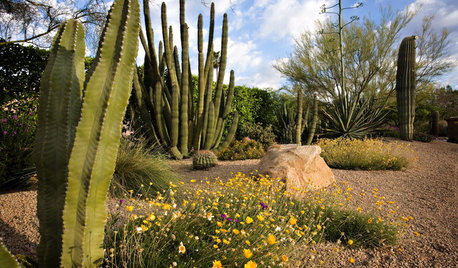
SOUTHWEST GARDENINGTall Cactuses Bring Drama to Southwestern Gardens
See how 5 columnar cactuses add a striking design element to warm-weather gardens, courtyards and entries
Full Story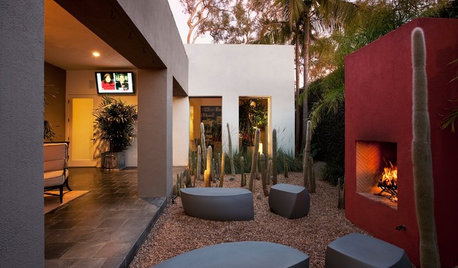
GARDENING GUIDES10 Creative Ideas for Cactus and Succulent Gardens
Arrange cactuses and succulents amid salvaged treasures, against a vibrant painted wall or in terraced beds
Full Story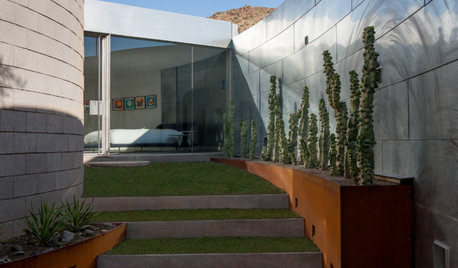
FLOWERS AND PLANTSUnusual Totem Pole Cactus Is a Standout in Southwest Gardens
This thornless cactus makes a statement in the ground or in a container in mild-winter climates
Full Story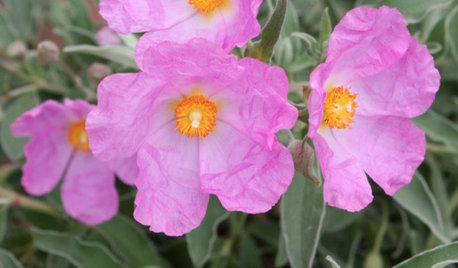
GARDENING GUIDESGreat Design Plant: Rockrose
Dry summer heat and poor soil won't quell the profuse papery blossoms of rockrose, a low-maintenance champion
Full Story





cheapheap
Laurel Zito
Related Professionals
West Milford Landscape Architects & Landscape Designers · Folsom Landscape Architects & Landscape Designers · Buford Landscape Contractors · Medford Landscape Contractors · Bridgeview Landscape Contractors · Dudley Landscape Contractors · Gresham Landscape Contractors · Holland Landscape Contractors · Paramus Landscape Contractors · San Pedro Landscape Contractors · Wallingford Landscape Contractors · 07920 Landscape Contractors · Merrifield Landscape Contractors · Highland Springs Decks, Patios & Outdoor Enclosures · Knoxville Decks, Patios & Outdoor Enclosuresgardengal48 (PNW Z8/9)
tapla (mid-Michigan, USDA z5b-6a)
Laurel Zito
tapla (mid-Michigan, USDA z5b-6a)
Laurel Zito
tapla (mid-Michigan, USDA z5b-6a)
Laurel Zito
nil13